Overview
When running the GFI LanGuard Vulnerability Scan, you might encounter the following error: 'Not enough storage is available to complete this operation', with the corresponding lines present in the scanning logs.
This article provides the steps on how to fix such errors when GFI LanGuard Vulnerability Scan fails.
Diagnosis
The error is generally related to the call to the Windows Update Agent (WUA) engine to extract the wsusscn2.cab data for the detection of Microsoft missing patches. The WUA engine fails to respond and reports the memory storage error.
| 2019-12-18,12:11:07,846,1,"#00006720","#00005894","error ","MissingPatch","TMicrosoftUpdateGetterUsingOnlyWURemoteOrLocal.GetUpdates - Getting info about updates EOleException Error EOleException: 'Not enough storage is available to complete this operation' |
The root cause is usually a space or memory utilization issue on the device.
Solution
Below are the possible solutions that you can run on the GFI LanGuard server. After completing the applicable solution, run the scan again to see if it resolves the issue.
Note: If the issue persists after applying these steps on the server, repeat the steps on the client machine experiencing this issue.
Solution 1: Running the Scan When Device Is Not in Use
Change the scan runtime when the device is not in use.
Example: Perform the scan at night when the device's resource utilization is at its lowest.
Solution 2: Deleting Files from Windows' Temporary Directories
Clear the following directories:
C:\Windows\TempC:\Temp%TEMP%
Solution 3: Optimizing Memory Configuration
-
Stop the GFI LanGuard Attendant Service.
-
Open the Run dialog box. Type
regeditand click the OK button to launch the Registry Editor. -
Create a backup of the registry.
-
Navigate to
HKLM\SYSTEM\CurrentControlSet\Control\Session Manager\MemoryManagement\LargeSystemCacheand set its value to 1. -
Navigate to
HKLM\SYSTEM\CurrentControlSet\Services\LanmanServer\Parameters\Sizeand set its value to 3. -
Save all changes.
-
Restart the machine.
Note: The second registry key may be missing, just create a new key with the name Size and DWORD (32-bit) Value set to 3.
Solution 4: Increasing the Windows Pagefile Virtual Memory Size
The steps here depend on your operating system, refer to online resources on how to perform this for your environment. The steps below should work for most of Windows OS:
-
Press Windows + R keys together, type the sysdm.cpl in the Run dialog box and press Enter.
-
In the opened System Properties window go to the Advanced tab and press Settings.
-
In the opened window click the Advanced tab and then on the Change... button under the Virtual memory section.
-
Uncheck Automatically manage paging file size for all drives.
-
Highlight your Windows system drive, select Custom size.
-
Set the Initial size and Maximum size values. The recommended values are 1.5 times of server physical memory to 4 times of server physical memory respectively.
-
Click Set, then Apply/OK until you close all the windows.
Note: Windows will ask to restart the machine after increasing the Windows Pagefile Virtual Memory Size - do so.
Solution 5: Ensuring That wsusscn2.cab is Working Properly
- Download the
wsusscn.vbsscript from this article. - Make sure that the path to
wsusscn2.cabin the script reflects the actual file path from your system. If needed, update the file path in the script and save it. - Right-click on the file and click on Open with Command Prompt.
- If the
wsusscn2.cabis working as expected then you should see messages similar to these:
If no updates are currently available for the system.
If there are updates found for the system (you may see multiple dialog boxes based on the number of available updates)
Both the cases above signify thatwsusscn2.cabis working as expected. - If there are issues with the
wsusscn2.cabthen, follow the instructions in the article Updating LanGuard and Patching Computers in a Secure Network That Doesn't Have Internet and ensure to delete the contents of theC:\ProgramData\GFI\LanGuard 12\Update\folder except for theupdatehistory.xmlfile as mentioned in the article Updating LanGuard Server Manually When Unable to Get Current Updates or Agents Do Not Pull Latest Definitions from Server.
Confirmation
After performing the steps above you should not experience issues, but in case you are still experiencing the same issue, contact the Support Team.
Note: Make sure you've applied the steps both on the server and the client machine experiencing this issue.
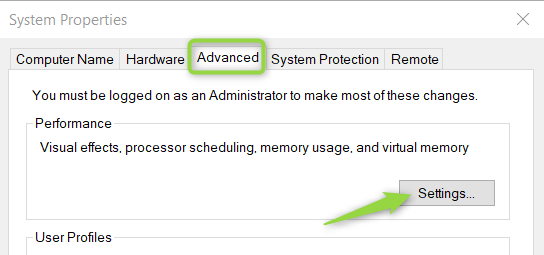
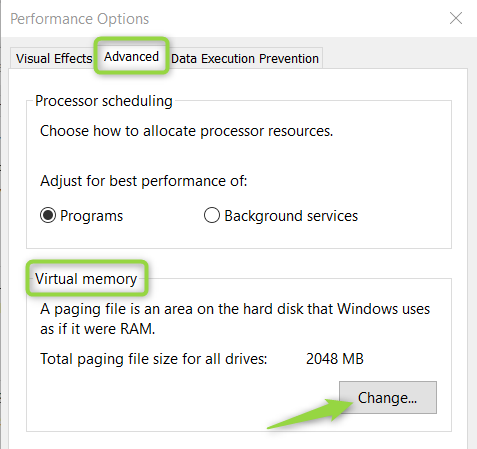

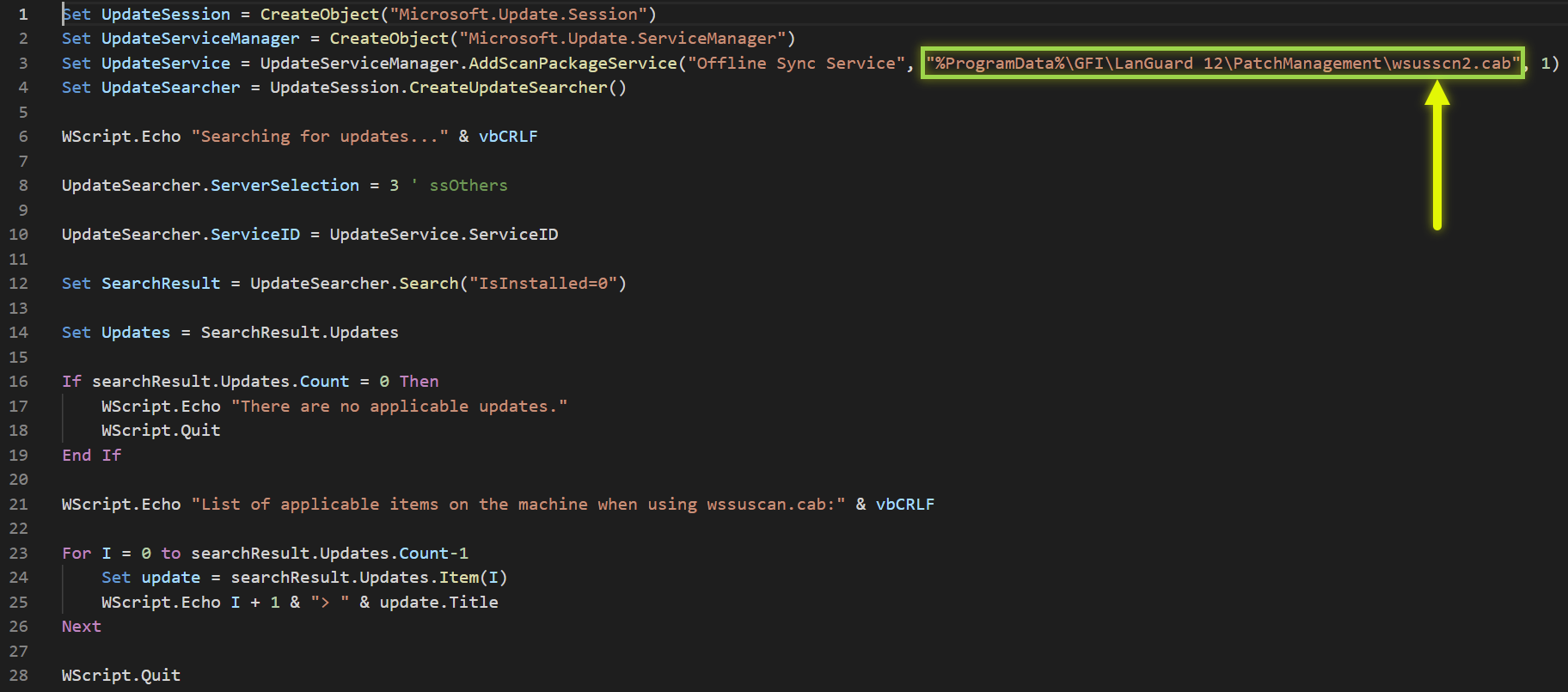
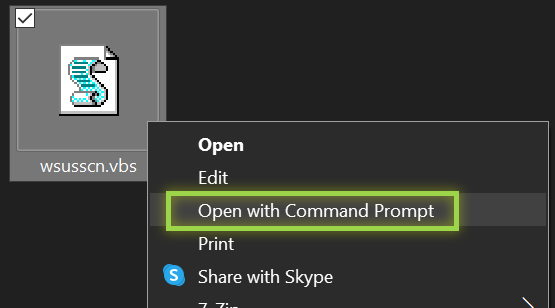
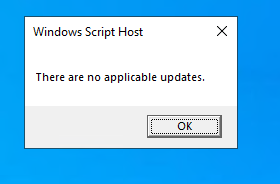
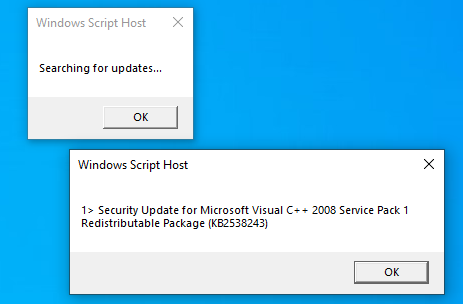
Priyanka Bhotika
Comments